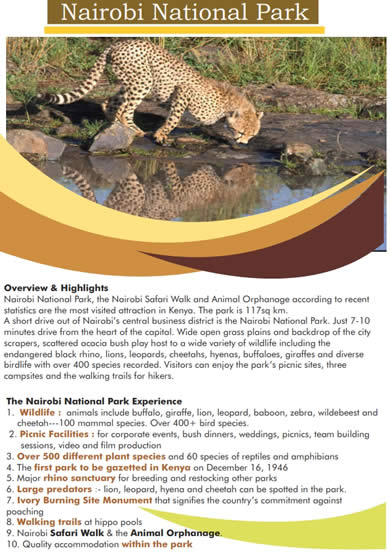Nairobi National Park
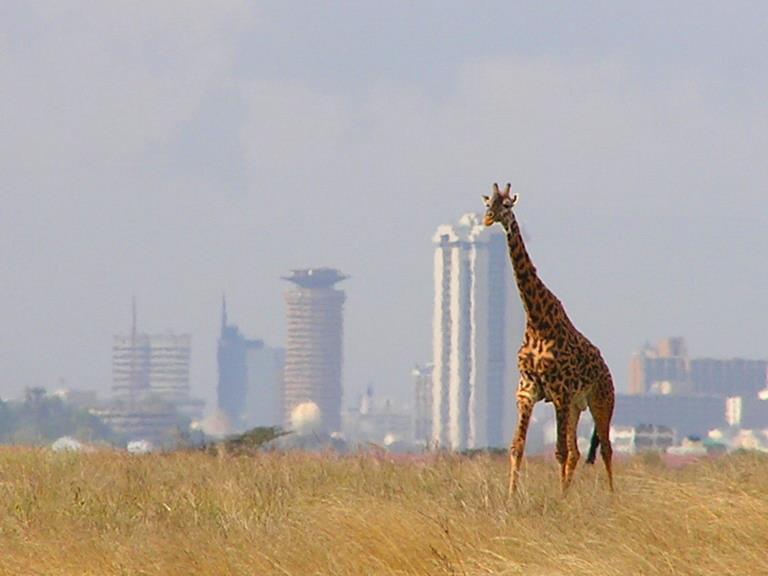
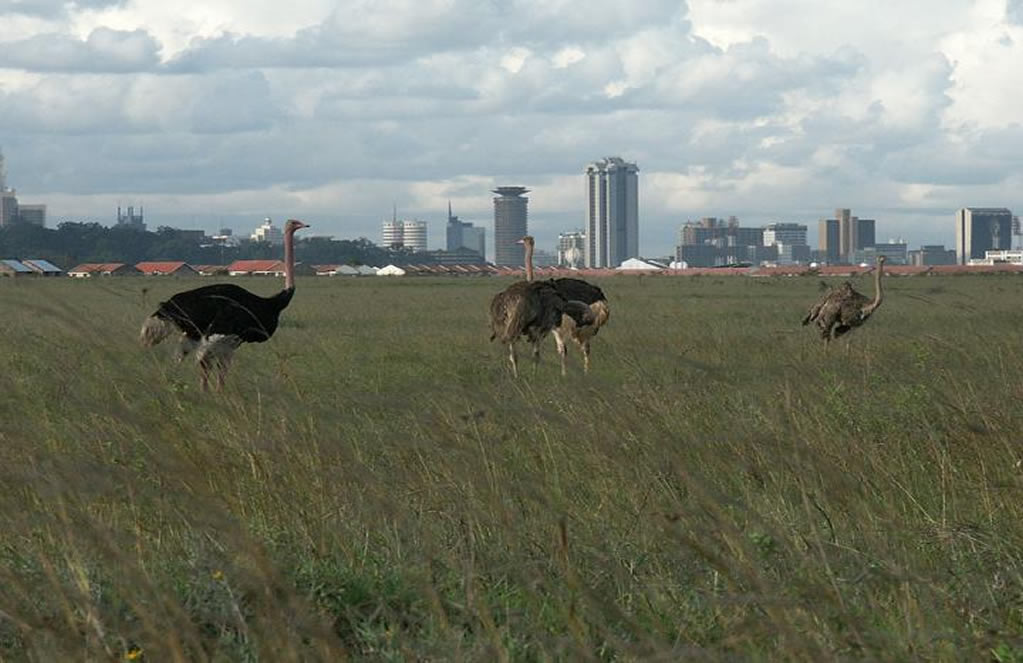
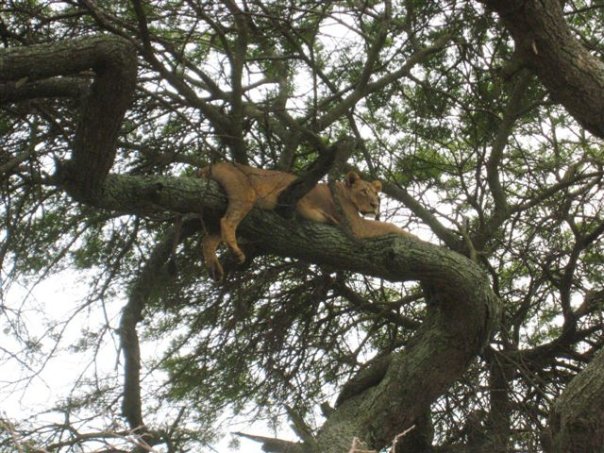
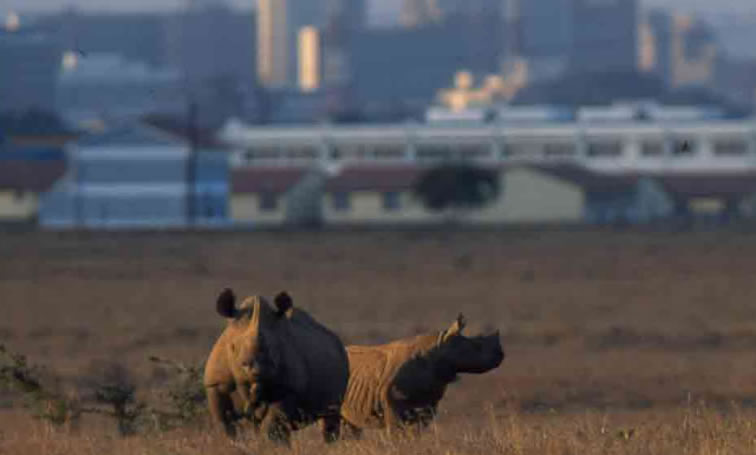
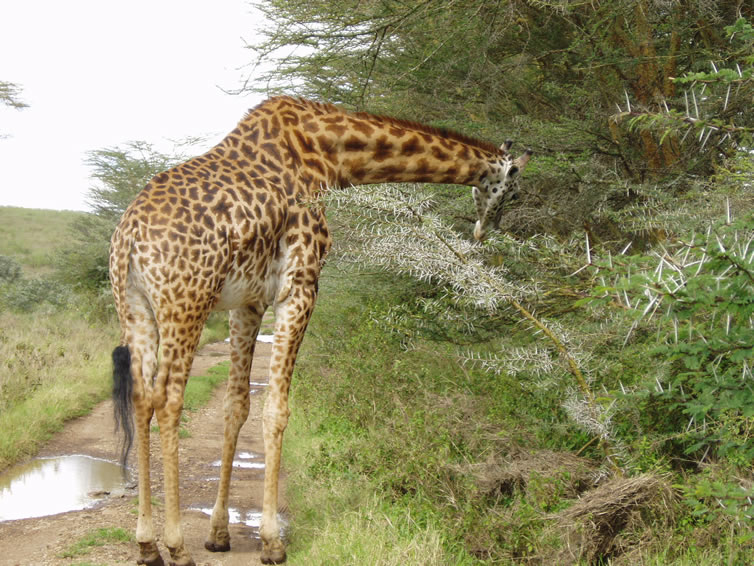
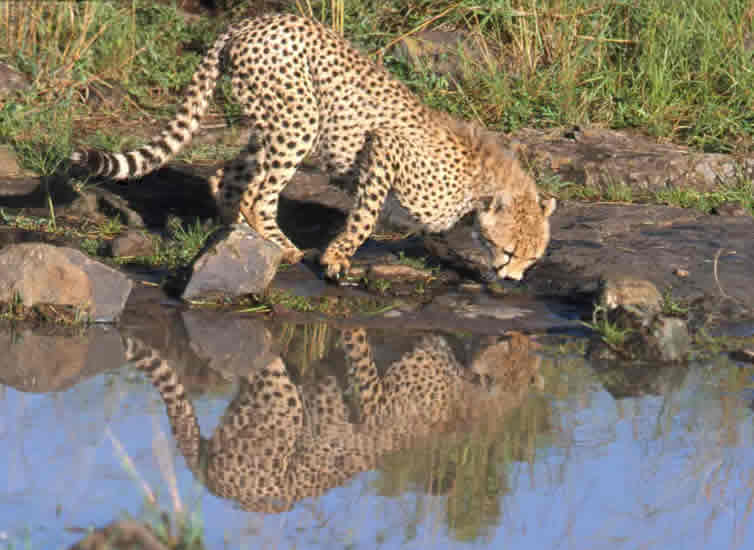
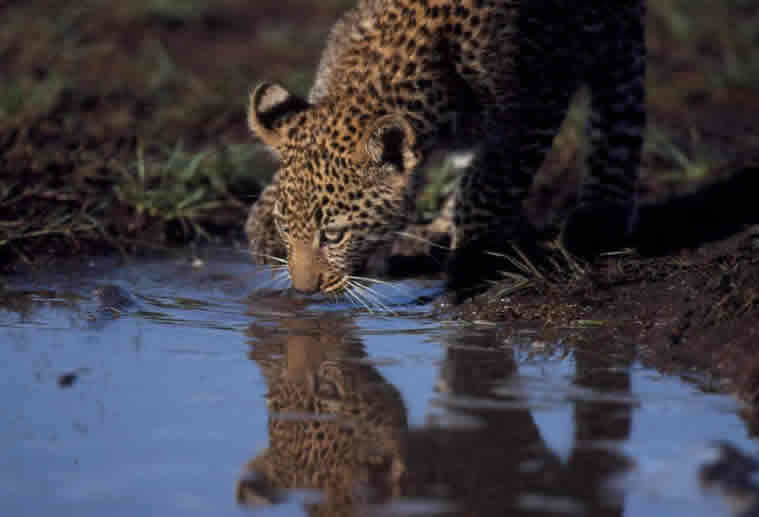
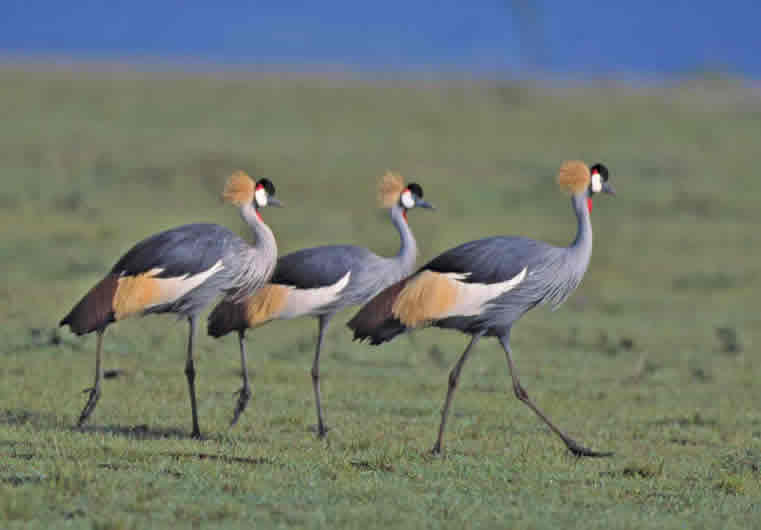
Fact File: Nairobi National Park
Nairobi National Park was Kenya's first national park and remains one of our greatest treasures - a link between our modern capital and our natural heritage. This is the ultimate one-day urban adventure.
Area & Altitude: The park covers an approximate area of 117 sq. km. and is only 7 minutes drive from Nairobi's Central Business District at an altitude of 1,540 - 1,780 metres above sea level.
Vegetation: The park has 3 main zones. dry highland forest at the western end, riverine-forested areas to the south and rolling grasslands which cover 99% of the park
Fauna: Over 80 species which include rhino, buffalo, lion, leopart, crocodile and hippo. There are no elephants in Nairobi National Park. Birds: 400+ species of birds.
National National Park
Overview
Where else in the world can you find herds of zebra and giraffe, prides of lion and rhino families, living free and wild just 20 minutes from a major city centre? Nairobi National Park is Kenya's oldest National Park and the first to be established in East Africa. It is the crown jewel of Kenya's conservation drive, and is very unique in its offering. No other city in the world can boast of a natural wilderness, teeming with wildlife and home to over 400 species of birds, just ten Kilometers from the city center.
In the park is Kisembe forest in the southern fringe of what used to be the extensive Langata Forest and is comprised of Crotons (e.g., Croton dichogamus), African olive (Olea africana), Muhugus (e.g. Brachylaena hutchinsii), Cape Chestnuts (Calodendrum capense) and other indigenous species. One of few remaining large expanses of tree cover in Nairobi, Kisembe forest is truly the “lungs of the city.”
Nairobi also has an ambitious plan for future development called Nairobi Metro 2030. Largely focused on improving the city’s international economic competitiveness, it outlines the development of a transport master plan to improve transportation infrastructure and land use planning, including an urban mass-transit strategy that centers around investments in high-occupancy buses and modernization of the existing commuter rail network.
Game Drive Expectations
Two hours are enough to explore the park and enjoy a picnic lunch in one of the great sites within the park or at the nearby Carnivore Restaurant. A host of wonderful eateries surround this area in Karen, along Mombasa Road or within the city's outlying precincts.
Nairobi National Park Safari Experience
A thriving rhino sanctuary
The Park is one of Kenya's most successful rhino sanctuaries and has received wide acclaim all over the world. The park has the highest density of black rhino in the country and is also is a home for the white rhino.
An ornithological paradise
The park's exceptional birdlife records a remarkable 400 species; their numbers swell up in March-May when a host of European migrants make the park their home. Look out for the marabou storks, vultures and hawk eagles perched high in the acacia trees and on the grasslands for secretary birds, bustard, ostrich and the gorgeous Jackson's widowbird..
Picnic Sites
An ideal day trip venue or green escape from the city, this versatile park offers the following selection of picnic and event sites. Ivory Burning Site, Kingfisher and Mokoiyet are most ideal.
Impala Observation Point:
High on a hill just minutes from the main gate this site offers a stone-built rondavel with panoramic views and a picnic area (with latrines).
Wildlife Capital
With an oasis of lion-gold plains, acacia-fringed rivers, leopard-stalked cliffs, plunging gorges and murky hippo pools, this versatile park hosts its own wildebeest migration and is the only place on earth where you can find black and white rhinos grazing against the silhouettes of office blocks and skyscrapers. Lion-gold plains, dappled shade and cool valleys. With long, sloping plains of black cotton soil scoured by deep river valleys and gorges, Nairobi National Park is full of unexpected beauty and diverse habitats which include rolling grassy plains, riverine woodland, dense thickets, rocky gorges, dry upland forest and man-made dams & pools.
The wildlife watching experience
On the Western end of the park right near the main entrance is where most of the woodland is concentrated making it a good location to spot giraffes and (at dawn) leopards. The various man-made dams and ponds draw concentrations of animals especially during the dry season ranging from Zebra, Maasai giraffe, buffalo, antelope etc. The Nairobi National Park's thriving prides oflions prefer the open country while the Cheetah families can be spotted sunbathing on top of the directional signs. The cheetah can be spotted in the plains with the elusive leopard spotted occasionally at dawn.
Hippo Pools & Nature Trails
A short self-guided nature trail (Patrolled by KWS rangers) leads out of a shaded picnic area (latrines and running water available) along the Athi River and offers the opportunity of viewing hippo, crocodile, monkey, terrapin and a large variety of birds.
Other Attractions Just Outside the Park
Nairobi SafariWalk
The Safari Walk (just before and to the right of the main gate) offers the rare chance of viewing different animals behaving as they would in their natural habitat. Traversed by panoramic raised timbered boardwalks it also makes for an informative walk and an enjoyable family outing.
The Animal Orphanage:
This small enclosure shelters a shifting population of orphaned, abandoned or wounded animals, most of whom are regaining their strength before being released back into the wild.


